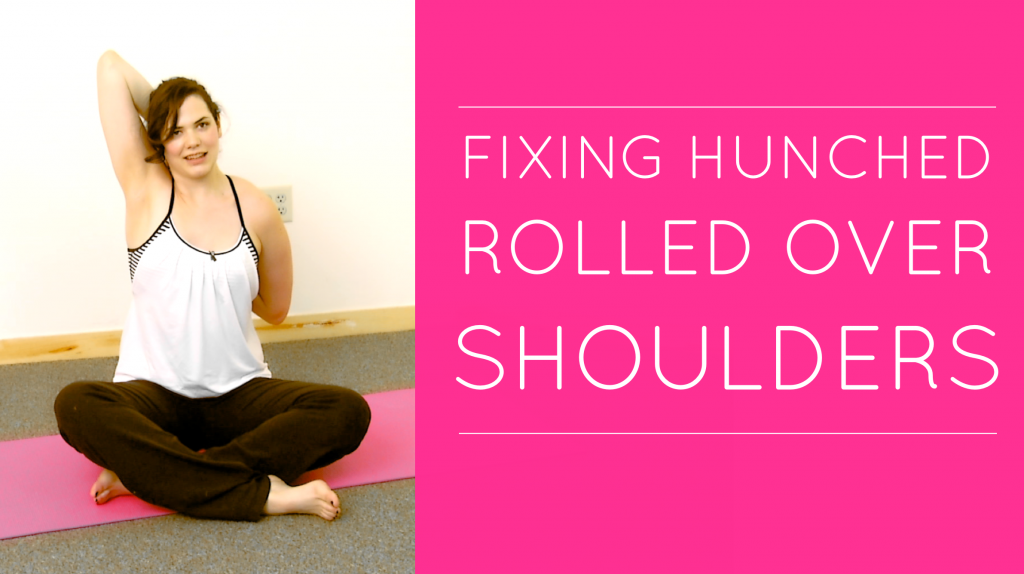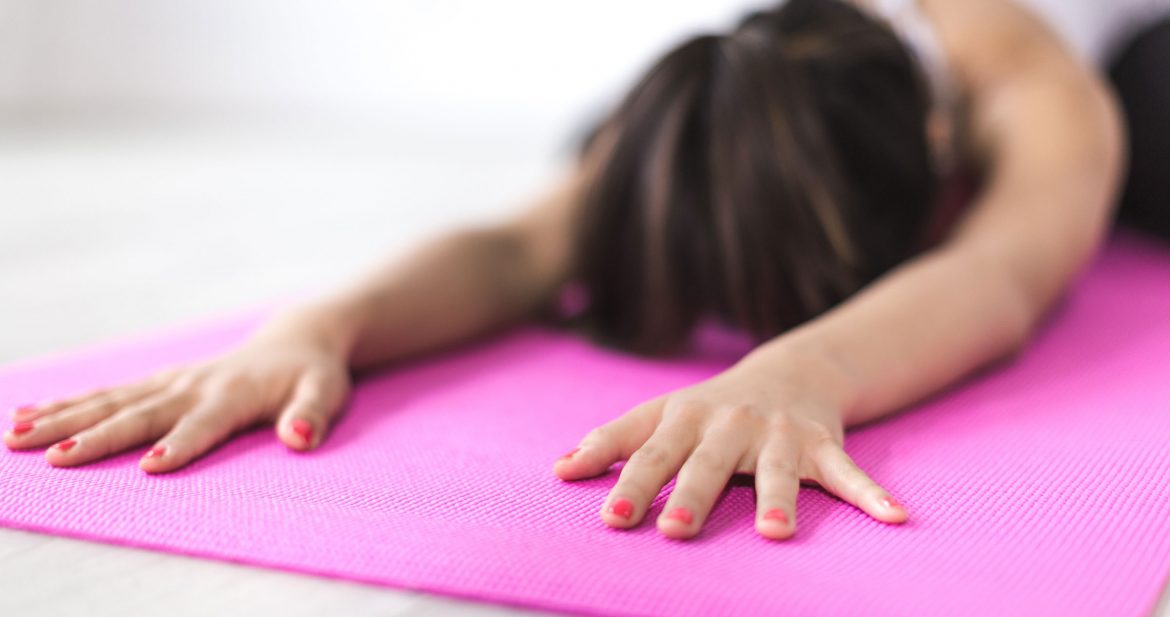
Hopefully by now you’ve fixed your office posture so you’re not falling victim to the hunched shoulder epidemic sweeping our nation’s offices.
But just in case your shoulders are still tight and restricted, today we’ll take a closer look at what might be causing those rock-hard muscles in your back, neck and shoulders. Surprise, surprise, the spot that usually feels the tightest is probably not the cause of the tension (are you noticing a theme here?).
Besides just making you feel stiff, achy and old, and embarrassing you in yoga class, tight shoulders can affect your cognitive performance and leadership abilities. But there is good news, too! Relaxed, open shoulders make you and the people around you feel carefree and at ease, freeing you up for enhanced creative thinking and problem solving abilities.
It’s sort of like those vitamin energy drinks that turn you into a superhuman who never needs to sleep, except this actually works. And you might still need sleep. But you’ll totally be superhuman. Promise.
So, let’s get to it!
The Two Muscles You Must Stretch to Fix Hunched Shoulders
How Do Tight Shoulders Affect Physical and Cognitive Performance?
1. The mental component.
Okay, okay, you’re tired of hearing me quote Amy Cuddy. You know by now that Superman-like “power poses” actually change the neuro-chemistry inside your brain to produce hormones that make you look and feel more confident. Cool beans, are we over it yet?
No, we’re not because I think that’s really just the tip of the iceberg. Ask someone with tight shoulders to raise their arms above their head, touch the backs of their hands together with straight elbows and then move their hands so their arms are behind their ears. Nothing doing.
If your shoulders are tight, you can’t fully get into a “power pose.” Your arms are permanently stuck in the contracted position, so your power pose is, well, amputated.
Does that mean you’re not getting any hormone boost? Probably not. Does it mean the boost is diminished? I honestly don’t know. But what I do know, not from research and double blind placebos but from hours and hours, days and days, years and years of helping people free their shoulders, is that relaxed, open shoulders allow people to breathe more fully and feel less stressed.
Maybe it’s related to the neuro-chemical changes happening in your head. We do know that tense muscles affect stress levels, so it may just be that downgrading your overall level of tension gives you a relaxation boost. Whatever the cause, tight shoulders give you headaches and exhaust you more quickly while open, relaxed shoulders allow you to breathe more fully, get ample oxygen to your brain and generally feel better.
And speaking of breathing more easily…
2. The physical component
If your shoulders are tight, they’re restricting your body’s ability to take in oxygen. This is no bueno because decreased oxygen means decreased physical performance. If you’re an athlete or even a weekend warrior, you can vastly increase your lung capacity simply by opening your shoulder girdle and allowing more space for your lungs to expand.
And since we’ve established that tight shoulders affect the ability of the ribs to expand and allow the lungs to take in oxygen, we can infer that tight shoulders will also restrict spinal mobility. Your ribs play a huuuuuuge role in spinal support. If the muscles around your rib cage are tight and the ribs can’t move, those ribs, which attach directly to your spine, will prevent your from bending, twisting and rotating to your full potential.
Ida Rolf, myofascial pioneer and founder of Rolfing Structural Integration, always said there is an order of operations for organizing the structures of the body. One such axiom is that appendicular (referring to your arms and legs) order precedes axial (referring to your torso and neck) order. In other words, you can’t fix dysfunctions in the spine until you address dysfunctions in the arms and legs. That includes the shoulders, being the main joint that joins your arm to your torso.
Great, Got It, Shoulder Mobility is Important. What Do I Do?
There are lots (and lots and lots and lots) of ways to stretch your shoulders. These are only two options that I like in combination because they focus on both opening the front and strengthening the back.
1. Superman Shoulder Openers.
Lie on the floor, face down, arms out to the sides with thumbs pointing up toward the ceiling. Contract the muscles between your shoulders to lift your arms off the ground. You’ll strengthen your back muscles while stretching your pectorals in the front.
2. Twisty Arm Pretzel Behind Your Back.
Reach one arm up and place your hand behind your back between your shoulder blades. The other hand reaches under and behind to grab the fingers of your first hand behind your back. Use a strap if you can’t reach.
Make sure you press the elbow of your upper arm both up toward the ceiling and out away from your ear to externally rotate the arm bone and really get a stretch for the lats (you might feel it in your armpit a bit).
And there you have it! A brief guide to shoulder flexibility.
Leave me a comment below if you have any questions, and if you haven’t already, join the thousands who have signed up to get the Weekly Reboot delivered fresh to their virtual doorstep each week. Enter your email in the box below and I’ll also send you 5 Secrets for a Pain-Free, Flexible Body. You can cancel at any time (but I’m pretty sure you’ll love it).
[sc name=”ppfl-cta” ]

I have very tight shoulders and I am really inspired to do something about it having viewed the above. Thanks
You’re welcome, Elsa!